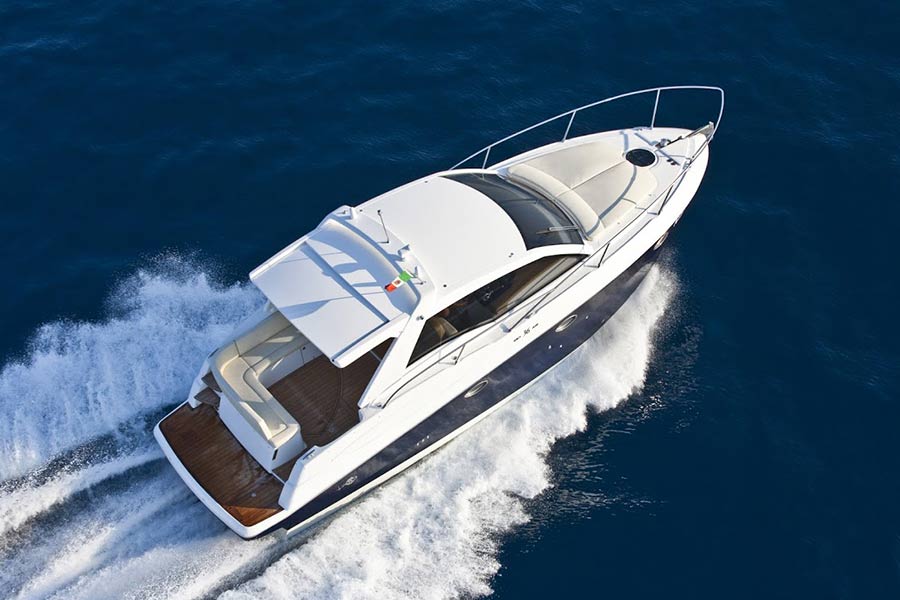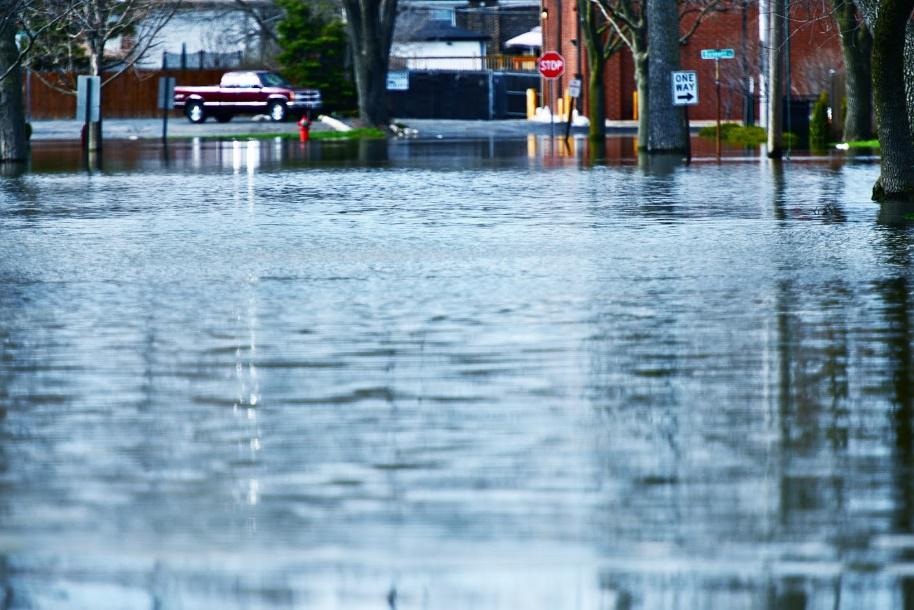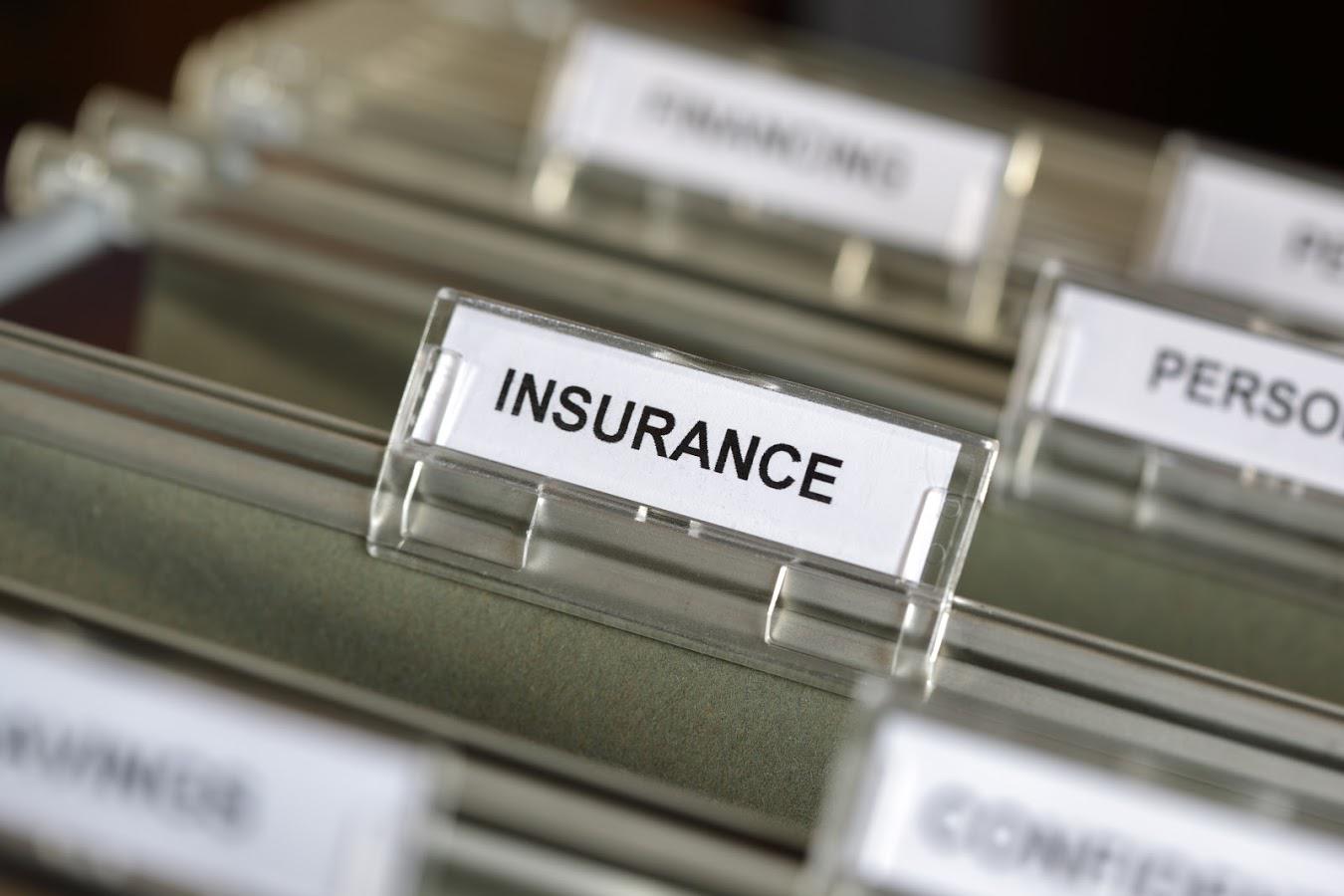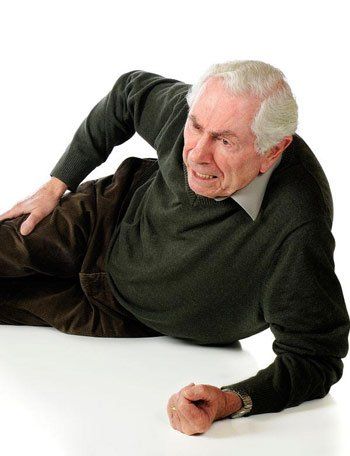4 Damages a Category 1 Hurricane Can Cause
- By admin
- •
- 11 Oct, 2018
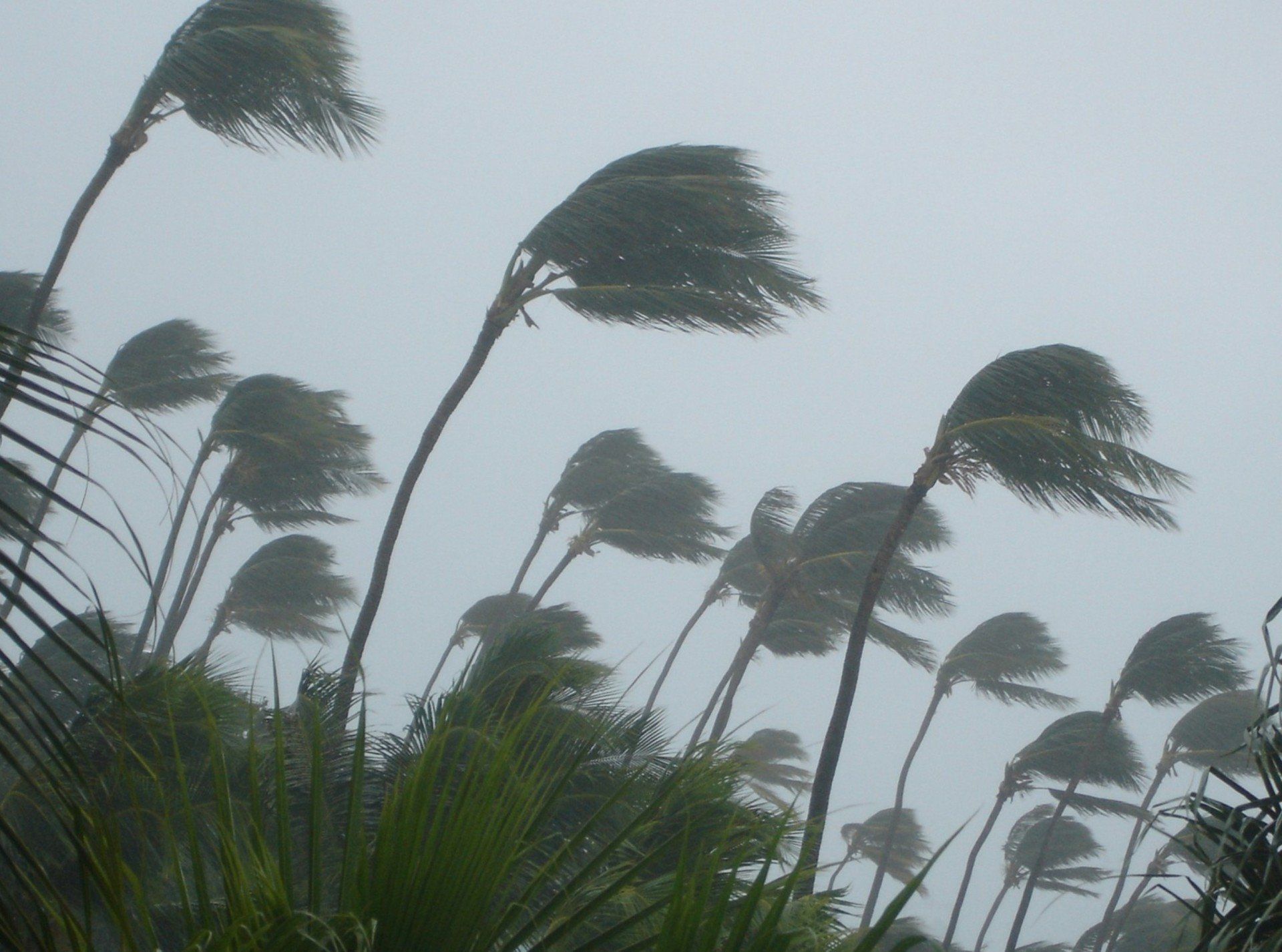
For Floridians, hurricanes are a part of life. Each year, 40%
of the named storms that target the eastern coast of the United States directly impact
Florida. Uneventful hurricane seasons, however, sometimes cause homeowners to let their guards down.
Don't make this mistake. Even a low-level Category 1 hurricane can cause significant damage to your property. Do you know what risks you
face?
Florida. Uneventful hurricane seasons, however, sometimes cause homeowners to let their guards down.
Don't make this mistake. Even a low-level Category 1 hurricane can cause significant damage to your property. Do you know what risks you
face?
1. Roof Damage
A Category 1 hurricane has a sustained wind speed that ranges from 74 mph to upwards of 90 mph. A standard three-tab roofing shingle is only
rated for wind speeds ranging from 60 mph to 70 mph. Low-level hurricane winds could destroy this type of roof almost instantly. Architectural grade shingles can withstand
winds up to 130 mph, but there is still a risk of damage.
For example, if the roof was not installed with at least four nails per shingle, the roof may lack the support it needs to withstand high winds. Roof damages could leave you out of thousands of dollars in roof repair costs. You could also face added roof-repair expenses for water leaks and destroyed insulation
For example, if the roof was not installed with at least four nails per shingle, the roof may lack the support it needs to withstand high winds. Roof damages could leave you out of thousands of dollars in roof repair costs. You could also face added roof-repair expenses for water leaks and destroyed insulation
2. Flooding
The storm surge of a Category 1 hurricane can reach upwards of 4 feet. A flood causes immediate and long-term damages. In the minutes after
the water enters a home, the furniture is damaged,and the carpeting is stained. As the days progress, flooring may warp, paint can blister,and
wood structures can swell and split.
Storm surge is a leading,costly cause of flooding during a hurricane. A house that takes on just 1 to 4 inches of flood water could have damages that exceed $7,000 according to CostHelper, Inc. Fora water front structure, the storm surge could send more than a foot of water into the home. Standard homeowners' insurance policies do not typically extend coverage for floods caused by storms.
Storm surge is a leading,costly cause of flooding during a hurricane. A house that takes on just 1 to 4 inches of flood water could have damages that exceed $7,000 according to CostHelper, Inc. Fora water front structure, the storm surge could send more than a foot of water into the home. Standard homeowners' insurance policies do not typically extend coverage for floods caused by storms.
3. Siding Damage
Vinyl siding is a popular option among homeowners due to its low maintenance need, but vinyl siding is no match for storm-driven winds. The
impact from hurricane winds can cause the siding to split or crack, but debris is also a problem. Lawn chairs, landscaping ornaments, toys,and
other yard items quickly turn into weapons when propelled by the wind.
When these items hit the siding, holes, chips and other damages can form. Damaged siding will do little to safeguard your home from elements like moisture, so repairs are essential to avoid more significant damage. No siding is 100%hurricane-proof. Homeowners who do not have vinyl siding share the same risk for costly damage
When these items hit the siding, holes, chips and other damages can form. Damaged siding will do little to safeguard your home from elements like moisture, so repairs are essential to avoid more significant damage. No siding is 100%hurricane-proof. Homeowners who do not have vinyl siding share the same risk for costly damage
4. Power Surges
Strong winds can cause power outages even in low-level hurricanes. The threat of a power surge is the greatest when the power is first restored
to the area. Power outages wipe out the electrical current from the power line. When the electricity is restored, the current moves quickly to
deliver the power throughout the line.
The fast-moving current is known as a power surge. Most houses have a power delivery that ranges between 0 and 169 volts. Your electronics are also designed to accommodate this power cycle. During a power surge, upwards of 169 volts of electricity rush through the line at onetime.
Any electronics you do not have safeguarded with a surge protect or are at risk for damage. Televisions,computers,and stereo equipment are some of the costly items a power surge can destroy.
If you are only protecting your home with a standard homeowners' insurance policy, you could face costly repairs in the event of storm damage. Protect your home with added hurricane coverage. At Livings Insurance, we want to help. Contact our office to discuss our hurricane protection options.
The fast-moving current is known as a power surge. Most houses have a power delivery that ranges between 0 and 169 volts. Your electronics are also designed to accommodate this power cycle. During a power surge, upwards of 169 volts of electricity rush through the line at onetime.
Any electronics you do not have safeguarded with a surge protect or are at risk for damage. Televisions,computers,and stereo equipment are some of the costly items a power surge can destroy.
If you are only protecting your home with a standard homeowners' insurance policy, you could face costly repairs in the event of storm damage. Protect your home with added hurricane coverage. At Livings Insurance, we want to help. Contact our office to discuss our hurricane protection options.

The body content of your post goes here. To edit this text, click on it and delete this default text and start typing your own (or paste your own from a different source).
To control the color or size of this text, please change the global colors or text size under the Design section from the left menu of the editor.
To control the color or size of this text, please change the global colors or text size under the Design section from the left menu of the editor.
